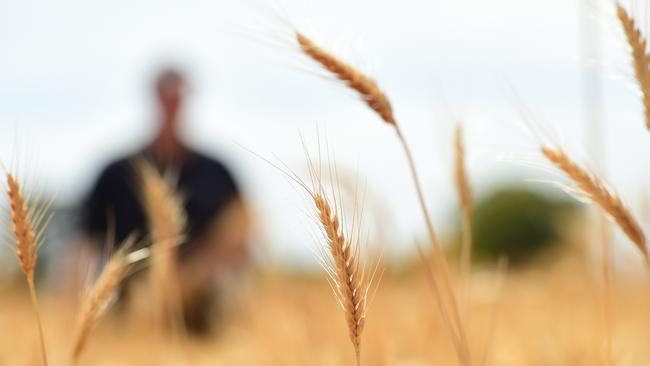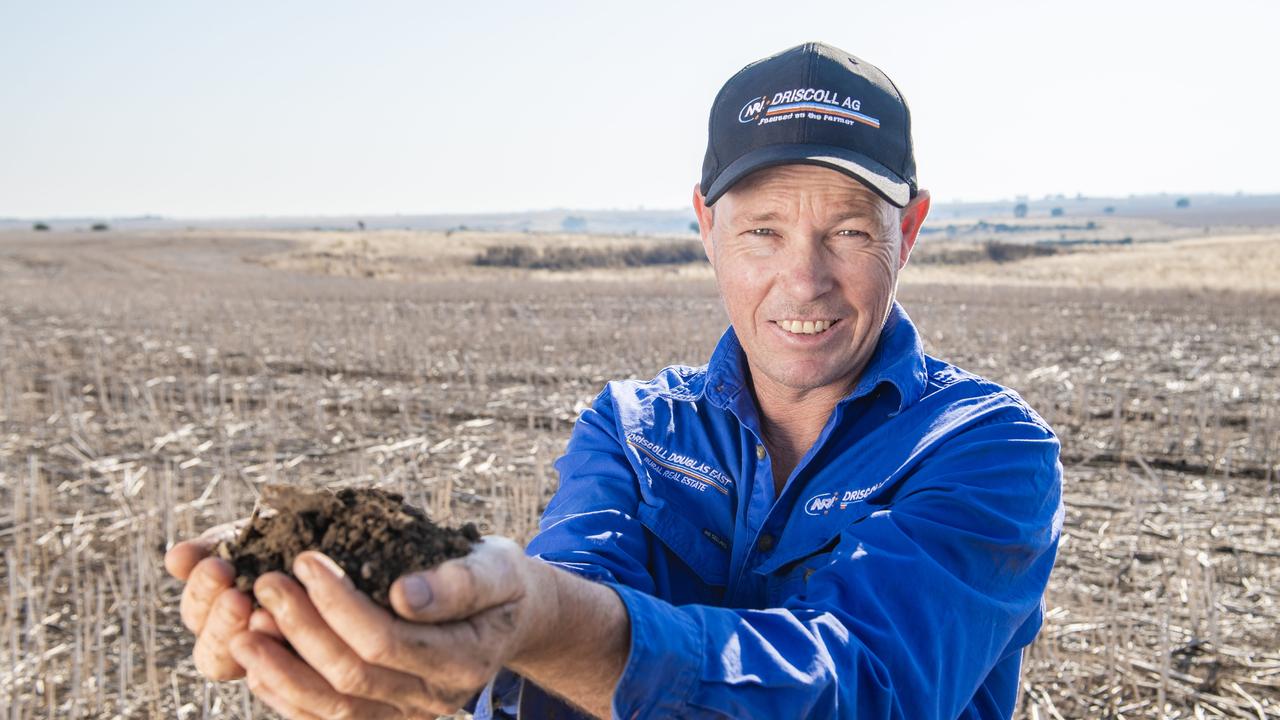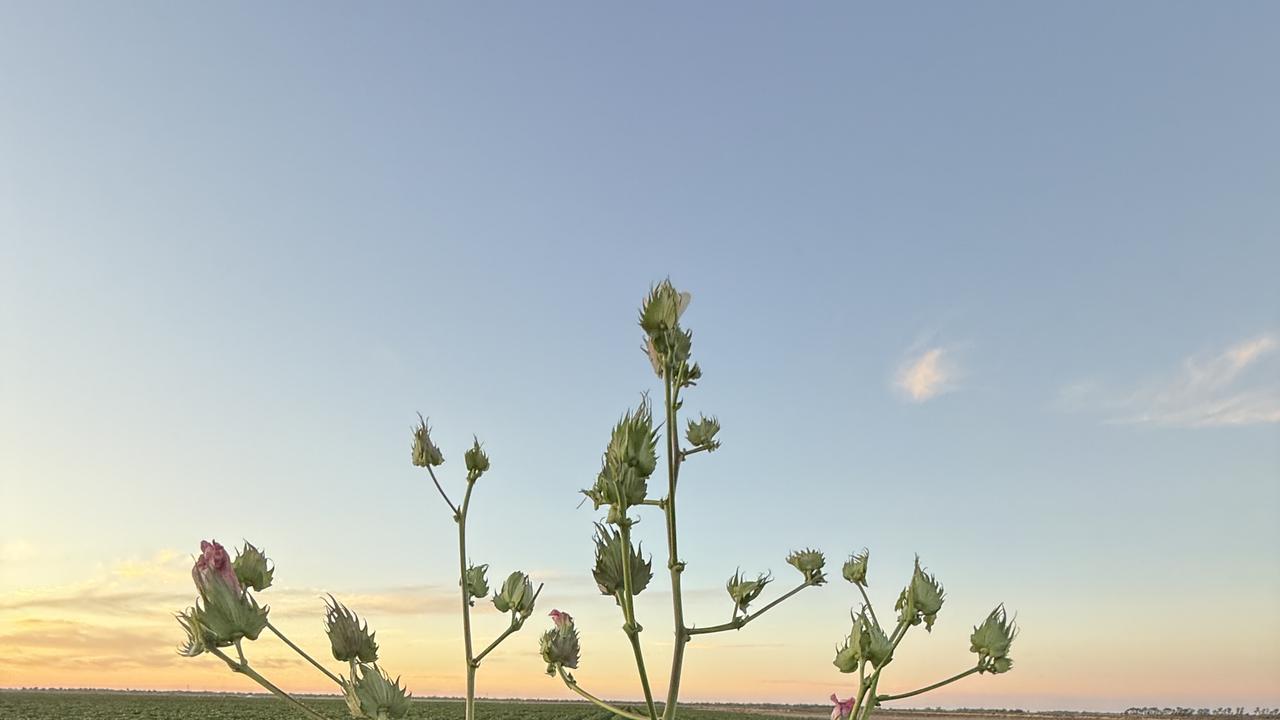Australian wheat takes a hit while hay growers face tough choices
Wheat futures are tumbling ahead of sowing and softer international markets while hay growers grapple with an even bleaker outlook.

WHILE grain growers are busy keeping on top of the substantial weed growth ahead of sowing, markets are sliding.
Grain consumers will welcome any lowering of grain prices as they head into the peak feeding period of the year.
Traders’ bids appear to be reflecting the softening tone of international markets with wheat futures in the Black Sea $2.60 a tonne lower this week and both Chicago and Paris back $5.40.
Brokers attributed the falls to favourable weather, increased competition from origins such as Australia and futures speculators selling their longs.
But wheat prices in southeastern Australia are much weaker than these global indicators. The ASX wheat futures tumbled $13 a tonne and cash bids for Australian Premium White wheat slid $14 in the Port Adelaide zone, $15 in the Geelong/Melbourne zone and $17 a tonne in the Port Kembla zone.
Weakness in global markets has coincided with rainfall in eastern Australia. The extraordinary levels of rain that are causing unwanted flooding in many coastal regions of NSW are also boosting soil moisture for the coming season.
Northern and central Victoria and the Riverina scored 25 to 50mm last week, but the bulk of the rainfall action has been in NSW. The northern half of the NSW wheat belt already has an estimated 30 to 70 per cent moisture within the crop root zone, well above average for this time of the year.
Most of this week should stay wet, adding further to growers’ confidence for establishing their new season’s cropping programs.
Early this week 50 to 100mm of rain is forecast to blanket southeast Queensland, northern NSW, the central west and the eastern Riverina.
APW wheat prices for new crop December 2021 delivery are $10 a tonne lower this week. At $295 a tonne delivered to Geelong or Port Melbourne less freight to silo, this price equates to a basis discount of $2.80 a tonne to Chicago December wheat futures.
For growers this is an improvement on the current wheat bids that equates to a basis discount of $19 to Chicago futures.
Barley prices have followed wheat’s slide. BAR1 grade barley for domestic mills and grain packers in the Melbourne region is quoted this week at $251 a tonne, back $6 on last week.
Higher allocations of irrigation water in northern Victoria and the Riverina have seen some increases in the area planted to maize for grain.
Old crop feed grade maize is quoted at $315 a tonne delivered to Melbourne buyers, but new crop harvested in May is quoted at $300.
Lentil prices still rise. According to brokers, nugget lentils are quoted at $700 a tonne for prompt delivery to Melbourne packers while new crop lentils are bid $670 a tonne.
MORE
HAY GROWERS WORRY BUT CHINESE GRAIN BUYERS BOOST CROP PRICES
ANOTHER BUMPER GRAIN CROP EXPECTED FOR AUSTRALIA
HOW BARLEY GROWERS ARE BECOMING CARBON NEUTRAL
TOUGH CHOICES FOR HAY GROWERS AS DEMAND VANISHES
HAY growers are facing some tough decisions as they finalise their cropping programs.
A key question being asked is “why would I sow more hay in a year like this?”
With some hay growers conceding they have sufficient hay in their sheds to satisfy an 18-month non-drought marketing program, the signs are clear.
The absence of strong demand from either the export or domestic sectors will discourage the sowing of hay and favour grain.
Unlike hay in today’s market, grain growers can always find a buyer at a price for their commodities.
For those growers who have been growing dedicated hay crops for decades, scaling back on hay is not an easy decision.
They may have the machinery, sheds and willingness to manage the higher labour and management requirements of hay, but markets are volatile.
But growers who began increasing their area and capital commitment to hay over the past two to three years will be most disillusioned by the current market.
NSW demand has vanished, and the continued rainfall is likely to constitute an early autumn break for many in the central west.
Dairy farmers of the Riverina and northern Victoria have welcomed the cheaper cost of allocation water and are generally well covered for their own supplies of hay and silage.
Gippsland beef and dairy farmers saw a dry February, but good falls of 25 to 50mm are forecast this week, and many have been buying strategic stocks of hay since spring.
Vetch hay has seen some pockets of demand but demand for protein hay is expected to diminish as fresh new season pastures germinate in autumn.
Between Dingee and Stanhope, straw was baled to help alleviate the high stubble loads of crops.
Straw has been cleared by either heavily discounting just under baling costs or offering paddocks of stubble to contractors for no charge.
Hay exporters have their own problems and growers are finding new seasons contracts are difficult to secure.
Fire destroyed a well-established pressing operation at Tocumwal earlier this month, removing valuable processing capacity.
As the pandemic recedes, shipping containers are desperately needed for the resurgence of trade. According to brokers, shipping companies are being paid more to ship empty 40-foot containers to China from Australia than hay exporters can afford to pay for the containers loaded with hay.
Cereal hay will be grown by those who have an export contract, those with some spare shed space and by dairy and beef producers. More unintended hay may come from crops that become frosted, weedy or suffer a dry finish.
MORE
HAY GROWERS WORRY BUT CHINESE GRAIN BUYERS BOOST CROP PRICES


